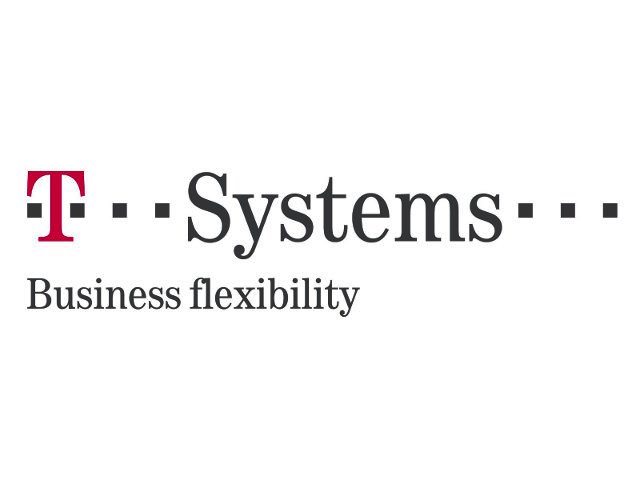How a platform-based approach to enterprise architecture rapidly accelerates the pace of innovation.
By Russel Brand, Innovation Consultant: Solution Sales and Portfolio Management of T-Systems in South Africa
In today’s digitally-driven economies, organisations’ entire operating models are popping up and disappearing, and being recreated again, almost overnight.
The rise of mobility – weaved into almost every facet of the modern enterprises’ architecture – is emerging as a powerful force that is driving this change.
Coupled with trends like social media, cloud computing and big data, mobility is the catalyst for incredible rates of change, in various industries across the globe.
Remember how the structures of music distribution were permanently redrawn over a decade ago? The next wave of industries to be demolished and built again from the ground up, include the likes of private taxis (think of Uber), accommodation (services like AirBNB), tertiary education (The Khan Academy), manufacturing (MakerBot), and resourcing (eLance).
In just a few short years, these verticals will bear no resemblance to the way they are today.
For business leaders, this is a scary thought. Mobility innovations are increasingly blurring the lines between customers, communities, partners, suppliers and competitors – as we learn to work in more flexible ways.
From an innovation perspective – however – this presents unique opportunities.
Some organisations – like those mentioned above – have managed to successfully extend the boundaries of their organisations, leveraging the collective geniuses of many different stakeholders, to achieve innovation and rapid growth. This, in fact, will become the standard philosophy of business in the future, whatever the industry in which one operates.
In technological terms, it is called a “platform-based approach” to architecting the organisation.
In contrast to the traditional tower-based approach, platforms are comprised of compatible hardware and software components – intended to reduce development risks, costs and time. Network services provide the access layer into other, interoperable, environments. Infrastructure is provisioned ‘on the fly’. Applications are fully-hosted and pushed constantly to a range of different devices within the organisation, and outside of its traditional walls.
A platform-based approach represents a move towards open innovation model, where the organisation turns its innovation agenda “inside-out” – to face the world. It’s a model that relies on tight, interoperable links between different organisations’ platforms, coupled with broad usage of cloud-based services.
Moving towards open innovation operating models has tantalising opportunities. The McKinsey Global Institute estimates that up to $1.3 trillion in annual value could be unlocked in just four sectors, by the development of new products and services that enable social interactions in the digital realm.
This new, “boundary-less” type of enterprise relies heavily on mobility innovations. Intelligent workflow systems capitalise on some of the native capabilities of smartphones – like GPSs, cameras, digital signatures, and the ability to attach rich media.
Mobility extends the edges of the platform-based enterprise, facilitates collaboration, and pulls various information streams into the nerve centre of the organisation. In fact, the concept of bringing intelligence from the edge, is a central tenet of platform-based architecture.
In theory, data flows from other parties within these rapidly-expanding interoperable ecosystems, to be “mashed up” with other data inputs – and used in different ways, by different stakeholders. It is the componentising of data sources and application functionality in ubiquitous computing platforms that create ecosystems of value. This offers innovative agility to even large organisations that are able to make the mind shift to this new open and collaborative model
For instance, imagine connecting data feeds from car sensors, local weather information, and municipalities. When a parked car reports water splashing on it, when there’s no rain around, an alert to fix a burst water pipe can be automatically fired off. When the same car drives past a set of broken traffic lights, the sensors initiate another alert to the relevant municipal department in that area.
The possibilities for these kinds of integrated systems are endless; and these processes happen completely automatically, using infrastructure that is already in place. It is simply a matter of leveraging platform-based architecture to more smartly connect people, objects, and systems.
Ultimately, the organisations that are already embracing open innovation (delivered via a platform-based development of ecosystems) will transition into the new digital economy as existing leaders in their fields.





